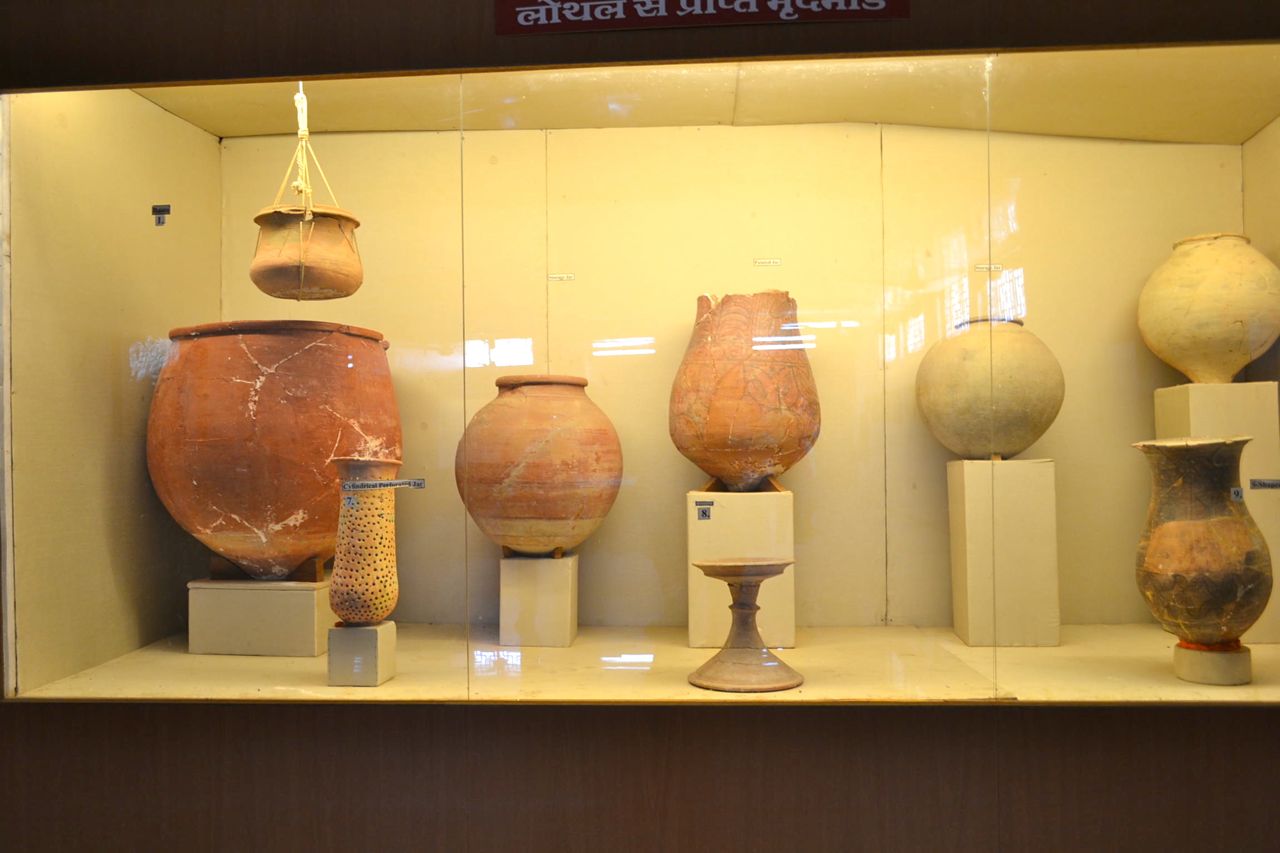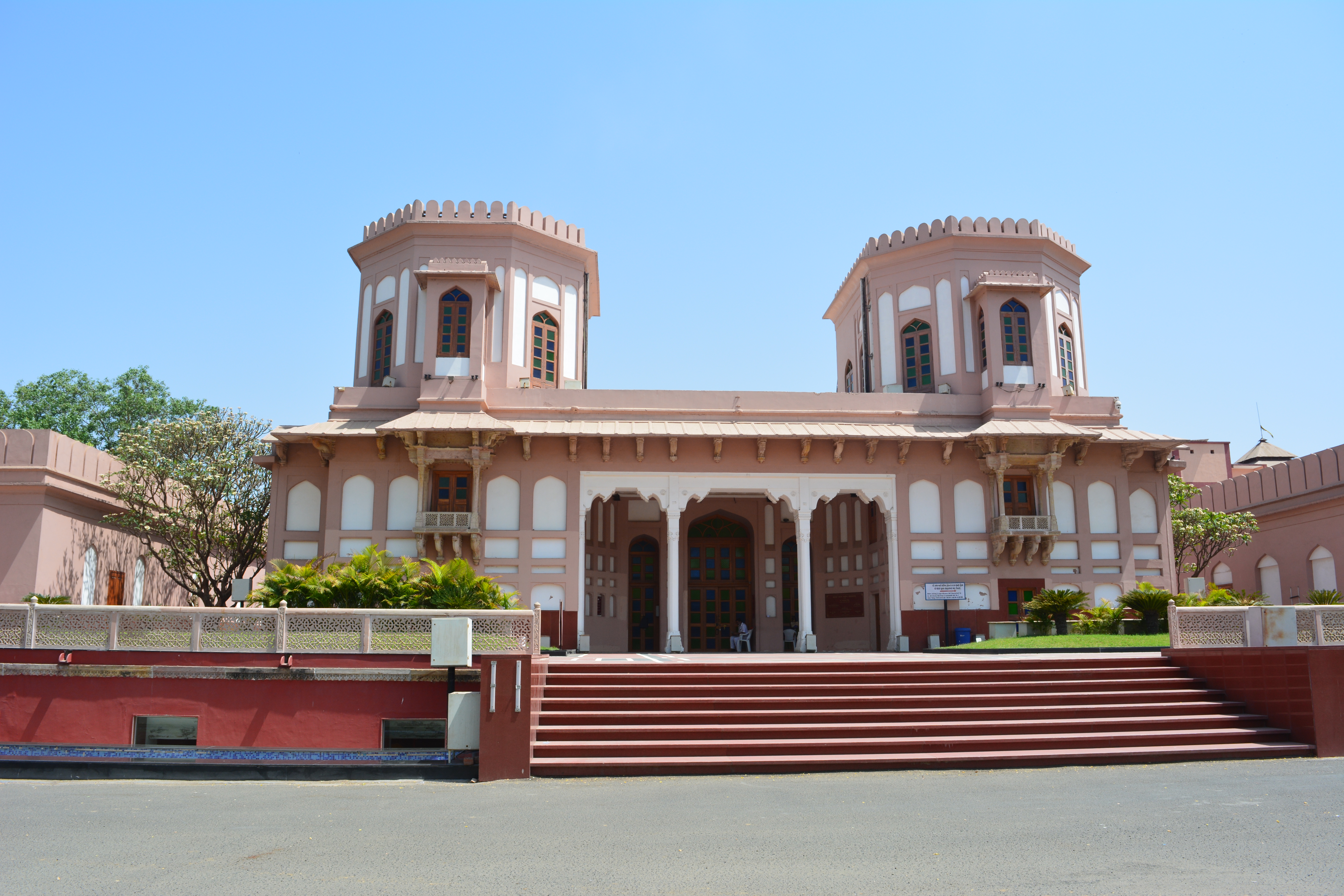Lothal represents a profound archaeological testament to the sophisticated Indus Valley Civilization, nestled in Gujarat's Bhal region. Its strategic location and advanced urban planning reveal a complex society that thrived between 2400 and 1900 BCE, demonstrating remarkable technological and cultural achievements that challenge contemporary understanding of ancient urban development.
The city's maritime significance was unparalleled, with its meticulously engineered dockyard serving as a critical hub for international trade networks connecting the Indian subcontinent with Mesopotamia and Egypt. Archaeological evidence suggests a robust commercial ecosystem where skilled artisans produced intricate carnelian and steatite beads, bronze tools, and sophisticated metallurgical artifacts using advanced casting techniques like cire perdue.
Urban infrastructure at Lothal was remarkably progressive, featuring a sophisticated grid-like layout with distinct administrative and residential zones. The acropolis housed ruling elites and priests, while the lower town accommodated merchants and craftsmen. Ingenious architectural strategies, including elevated platforms and comprehensive drainage systems, demonstrated the inhabitants' pragmatic approach to city planning and environmental challenges.
The city's material culture reflected a nuanced aesthetic sensibility, with artifacts revealing realistic animal portrayals and intricate pottery designs. Excavations have uncovered evidence of a disciplined, organized society with complex social hierarchies and advanced technological capabilities that far exceeded contemporary expectations of ancient urban settlements.
Technological innovation was a hallmark of Lothal's civilization. The inhabitants' mastery of kiln-burnt brick construction, precise urban engineering, and maritime technologies set them apart from other contemporary settlements. Their ability to construct robust structures capable of withstanding environmental challenges demonstrated extraordinary engineering prowess.
Environmental transformation ultimately contributed to Lothal's decline. Archaeological and topographical analyses suggest that gradual climatic shifts, including reduced monsoon rainfall and increased aridity, destabilized the settlement's ecological foundation. These environmental pressures, combined with potential tropical storms and flooding, gradually eroded the city's resilience.
Today, Lothal stands as a UNESCO World Heritage candidate, offering visitors a profound glimpse into one of humanity's most sophisticated ancient urban civilizations. The archaeological site preserves the remnants of a complex society that epitomized technological innovation, trade sophistication, and cultural refinement during the Harappan period.
The legacy of Lothal extends beyond its physical remains, representing a critical chapter in understanding human societal development. Its narrative demonstrates how indigenous communities collaborated, adapted, and created thriving urban centers that challenged our understanding of ancient technological and social capabilities.





